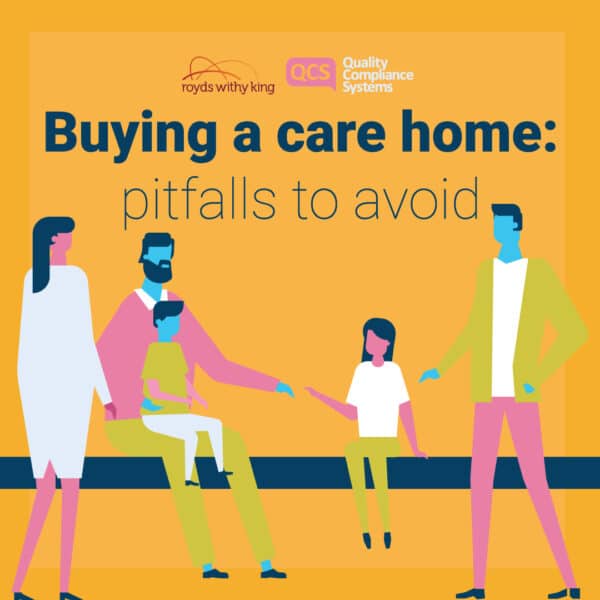Filter Posts:

CQC Transitional Monitoring Approach (TMA) call
April 28, 2021
Receiving the dreaded email notification from CQC is every manager’s worst nightmare! For so long CQC have had such an ominous reputation amongst dental practices which I think stems back…
Read more

Why have services for individuals with learning disabilities or autism received lower CQC ratings?
April 13, 2021
In October 2020, CQC produced a report reviewing restraint, seclusion and segregation in care services for people with a mental health condition, a learning disability or autism titled “Out of…
Read more

Because we all care
April 7, 2021
Download here the latest factsheet by our partner, Royds Withy King. It reviews the ‘Because we all care’ campaign by CQC & Healthwatch. Download Now Alternatively, you can read the…
Read more

Duty of Candour – Action Card
March 29, 2021
Download our latest action card explaining the duty of candour here: Download Now Alternatively, you can learn more about the duty of candour below: What is the duty of candour?…
Read more

CQC action plans: roadmaps to a better service
March 17, 2021
When things go wrong in your service, you may need to create a CQC action plan. That is why our partner, Royds Withy King has put together a guide on…
Read more

Bullet points of draft CQC strategy (Last update: 19.01.21)
January 19, 2021
You can download the highlights of the draft CQC strategy here: DOWNLOAD NOW Alternatively, read the update here: Bullet points of draft CQC strategy The CQC are now consulting on…
Read more

Buying a care home: pitfalls to avoid
November 24, 2020
Download our Factsheet on buying a care home here: Download Now Alternatively, read the article here: There a number of issues which commonly arise when buying care homes. It is…
Read more

Domiciliary care: a guide to success
November 20, 2020
You can download the Dom Care Guide that helps to make your business a success, by our partner, Royds Withy King here Download Now Alternatively, you can read the guide…
Read more



